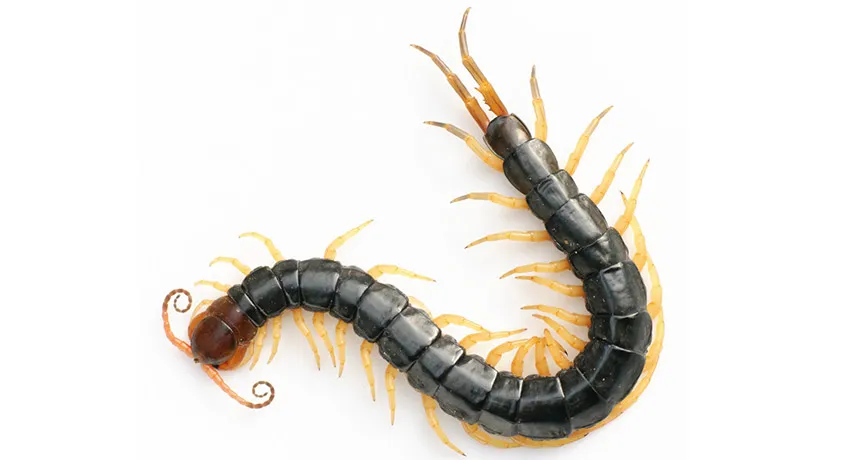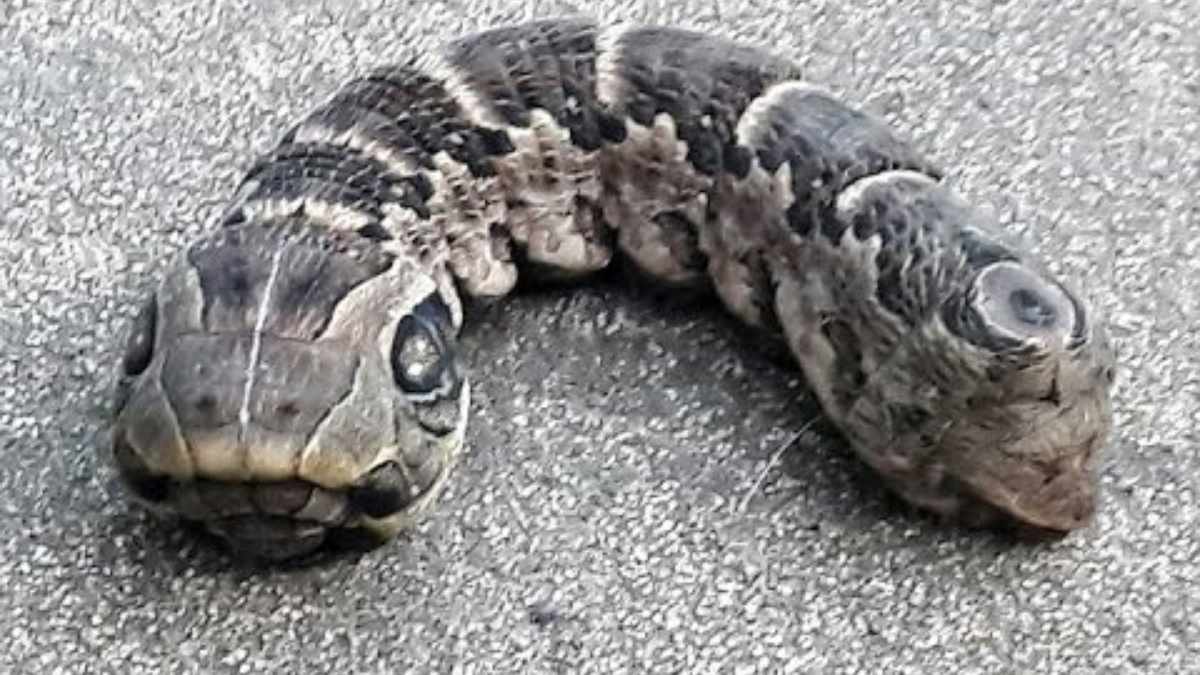
Table of Contents
ToggleMedical Mystery Reveals New Host for Rat Lungworm Parasite
Understanding Rat Lungworm Parasite: A Rare but Serious Threat
Introduction to Rat Lungworm Parasite Rat lungworm disease, caused by the parasite Angiostrongylus cantonensis, is a rare but serious infection that primarily affects humans and other mammals. The parasite is commonly transmitted through consumption of infected snails, slugs, or other contaminated animals. However, a recent case in China has uncovered an unexpected new host for this parasite, highlighting the need for increased awareness and vigilance regarding food safety.
The 2012 Case of Rat Lungworm Disease in China In November 2012, a 78-year-old woman in Guangzhou, China, presented with unusual symptoms: a headache, drowsiness, and a stiff neck. Initially diagnosed with meningitis, further testing revealed elevated eosinophils in her cerebrospinal fluid, a sign of a parasitic infection. This led to the discovery of Angiostrongylus cantonensis, the rat lungworm parasite. Surprisingly, both the woman and her adult son had contracted the disease.
How the Rat Lungworm Parasite is Typically Transmitted The rat lungworm parasite is most commonly contracted by consuming snails or slugs that carry larvae from infected rat feces. However, in this case, neither the woman nor her son had consumed these typical carriers. Investigating their diet revealed an unconventional source: Chinese red-headed centipedes, which had been consumed raw. These centipedes, commonly used in traditional Chinese medicine, were found to be contaminated with the rat lungworm parasite.
Uncovering a New Host for Rat Lungworm Parasite Researchers tested 20 centipedes purchased from a local market, finding that seven of them were infected with A. cantonensis larvae. On average, each infected centipede contained 56 larvae. This discovery marked the first documented case of rat lungworm disease being transmitted through raw centipedes, expanding the list of potential hosts for this parasite. The findings were published in the American Journal of Tropical Medicine and Hygiene on July 30, shedding light on this new and unexpected mode of transmission.
Other Hosts of the Rat Lungworm Parasite While snails are the primary hosts for Angiostrongylus cantonensis, other animals can act as paratenic hosts, carrying the parasite’s larvae after consuming infected snails. These include freshwater shrimp, frogs, crabs, and monitor lizards. Humans can contract the disease by eating these animals, though it remains relatively rare.
Read more: Cloves and Vaseline: The Secret Skincare Hack You Need to Try
Symptoms and Complications of Rat Lungworm Disease Once inside the human body, the rat lungworm parasite migrates to the brain, where it eventually dies. This process can lead to symptoms ranging from mild discomfort to severe complications, including brain inflammation, paralysis, and even death. However, it is important to note that the disease is not contagious from person to person.
Global Prevalence and Prevention of Rat Lungworm Disease Rat lungworm disease is uncommon, with approximately 3,000 reported cases worldwide. The parasite thrives in tropical and subtropical regions, with the highest prevalence in Southeast Asia, the Pacific Islands, and Hawaii. In the United States, cases are sporadic, with infections most commonly occurring in Hawaii and occasionally reported as far north as Oklahoma.
The majority of U.S. infections are linked to the consumption of unwashed produce contaminated with snails or slugs. Parasitologist Heather Stockdale Walden from the University of Florida emphasizes the importance of simple precautions to prevent infection. “Cooking food thoroughly and washing produce significantly reduces the risk of infection,” she advises.
Food Safety Tips to Avoid Rat Lungworm Infection To minimize the risk of contracting rat lungworm disease, it is essential to follow basic food safety practices:
- Thoroughly wash all produce, especially leafy greens, to remove any potential snail or slug contamination.
- Cook food thoroughly, particularly when consuming animals that may carry the parasite, such as freshwater shrimp, frogs, and crabs.
- Be cautious when handling or consuming traditional foods that may involve raw animals, such as centipedes or other exotic species.
Takeaway: Vigilance and Food Safety Are Key The discovery of raw centipedes transmitting the rat lungworm parasite highlights the importance of food safety and vigilance regarding lesser-known risks. While the likelihood of contracting rat lungworm disease remains low, it is crucial to take the necessary precautions to avoid exposure. By practicing proper food preparation and hygiene, individuals can significantly reduce the risk of infection and protect themselves from this rare but potentially serious parasitic disease.
Conclusion: Understanding Rat Lungworm Parasite Risks In conclusion, while rat lungworm disease is rare, the case in China serves as a reminder that food safety is critical in preventing parasitic infections. The rat lungworm parasite can be transmitted through various hosts, including snails, slugs, and even raw centipedes, making it essential to be aware of potential risks and take appropriate precautions when handling and consuming food. With increased awareness and proper food handling practices, the risk of contracting this dangerous parasite can be minimized.


